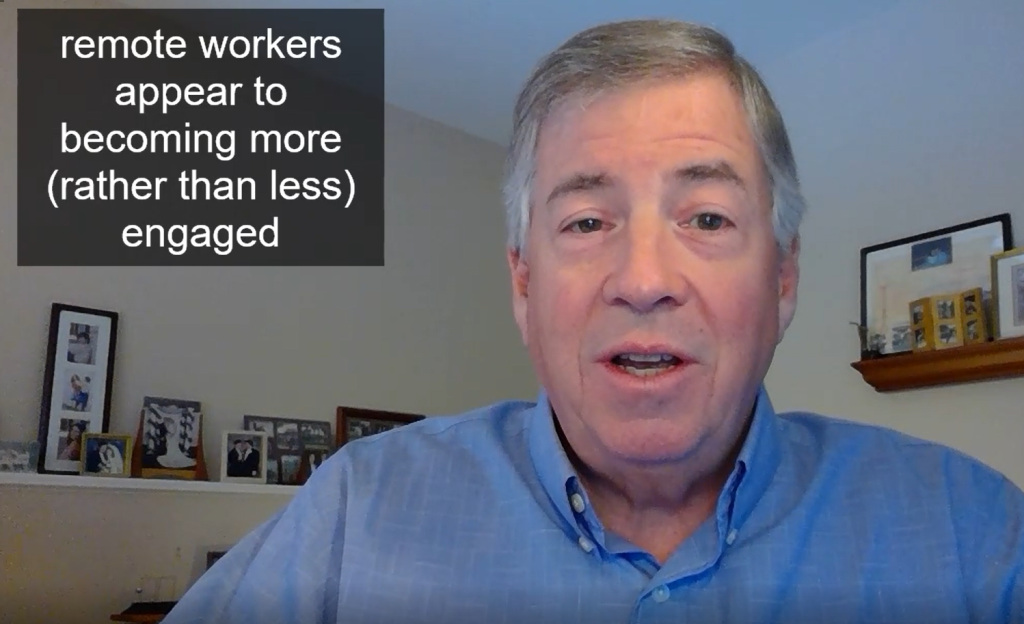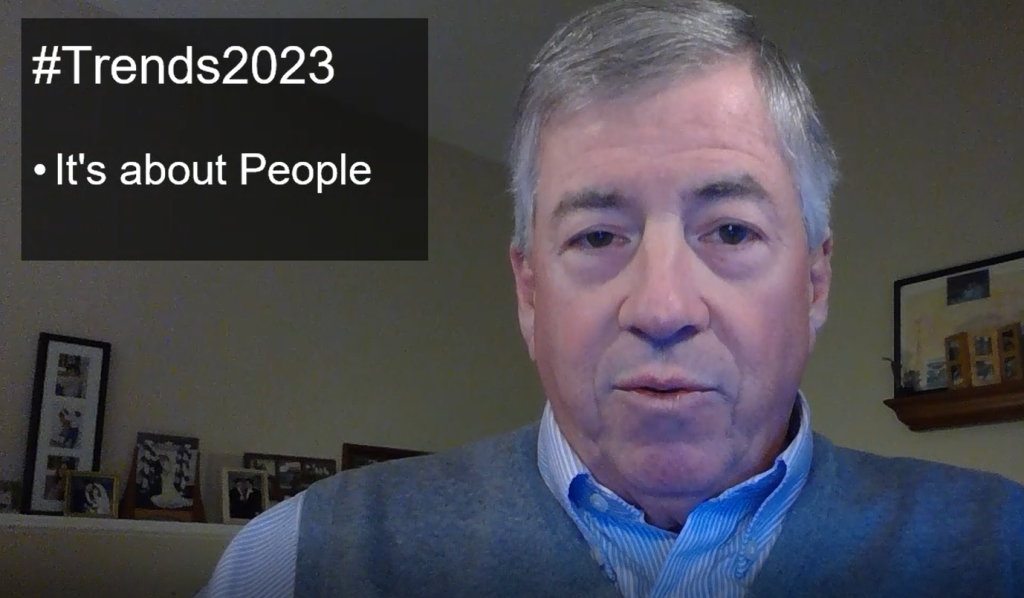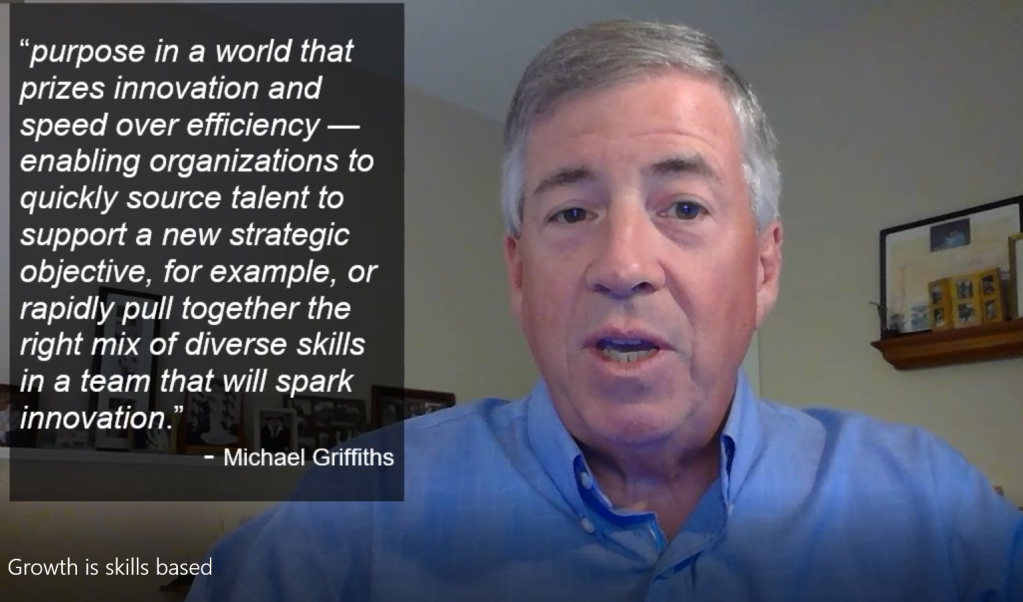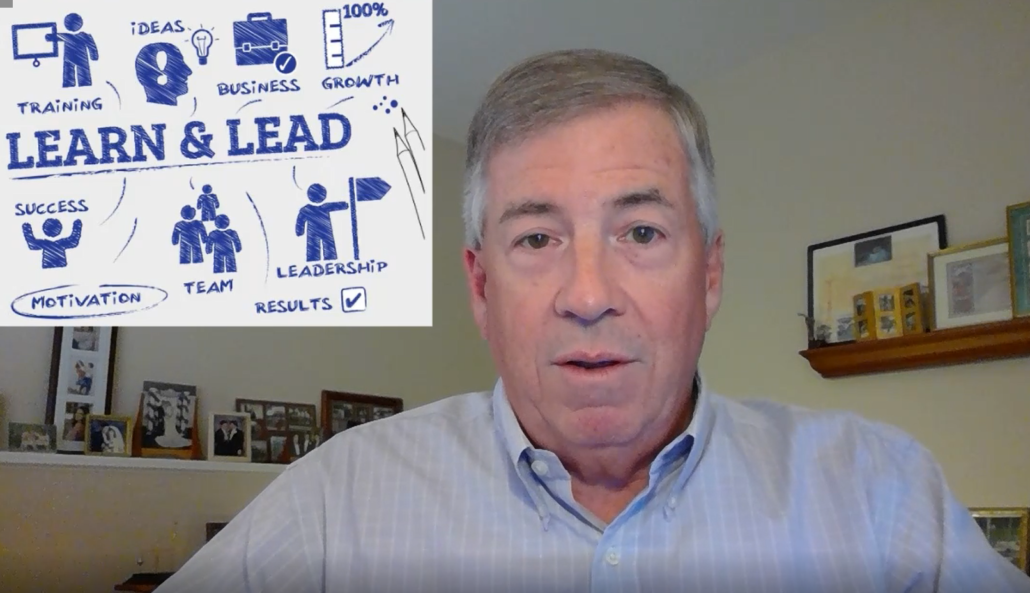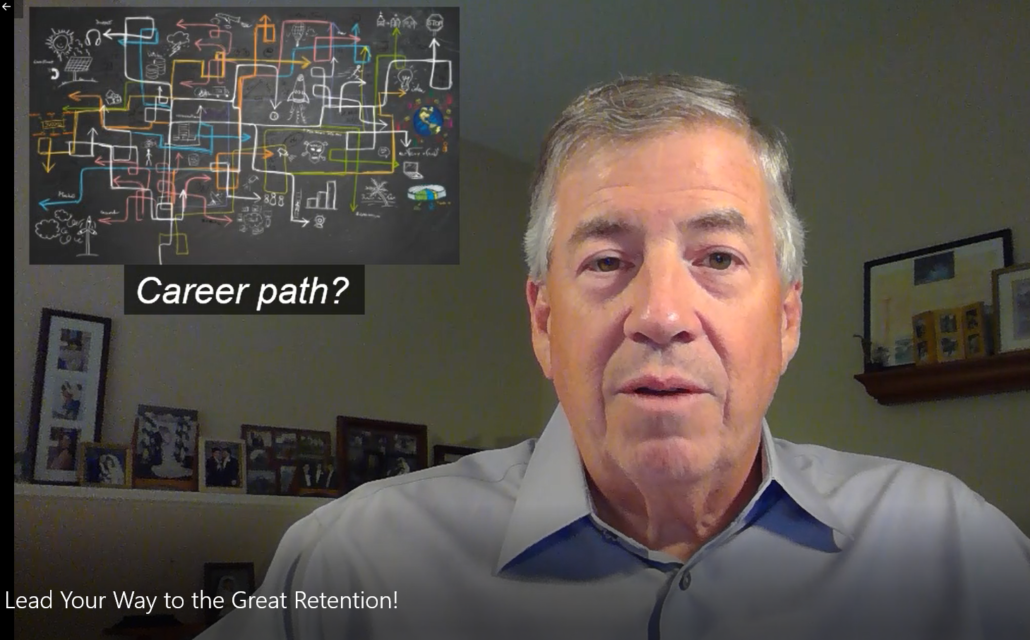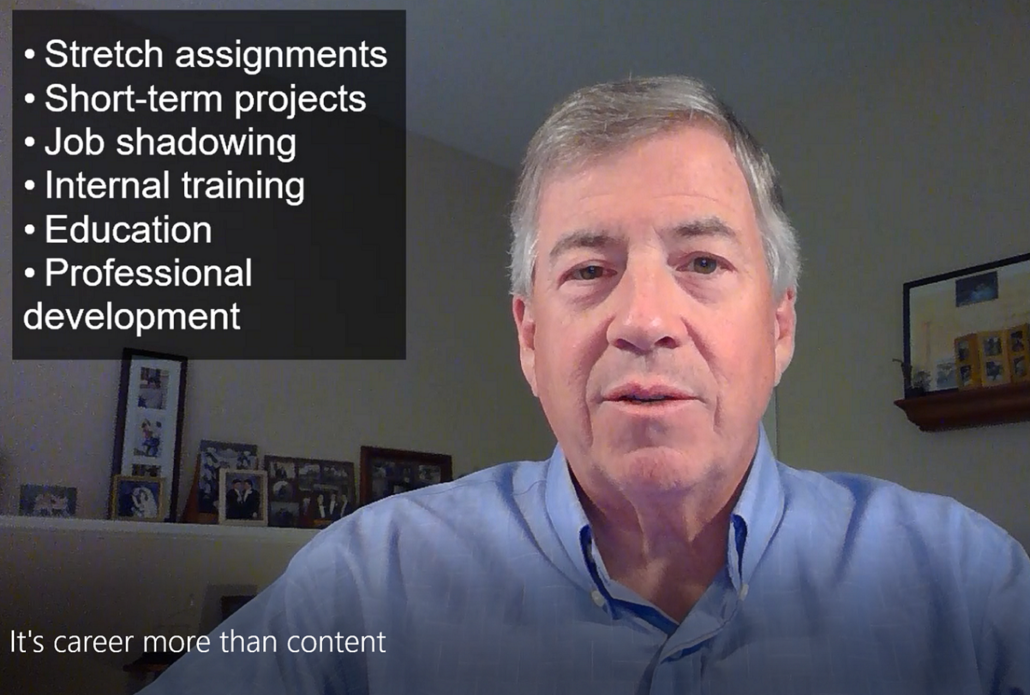How do you know I’m a leader if you can’t see me leading?
If you can’t see me leading then how will you know I’m a leader? That’s seems to be a concern as many are pushing for a return to the office and others are asking, why? Is success measured by how many people are on your team? I think it’s time to talk more about what success is and that means talking with people about what that means to them and coming to terms with the idea that the metric needs to change.
In this video I highlight leadership that needs to be intentional with curiosity driving open conversations. As we’ve seen, for many remote and #hybridwork saw performance improvement as teammates had increased flexibility, an increased sense of autonomy, and felt trusted by their supervisors. Plan the time and focus on the people, not the place, and measure success by the performance goals being met, on the development and promotion of our teammates, and the ability to attract and retain talent. Let’s work together to build and expand this model using learning as your strategic business tool, send me an email or let’s Zoom and keep the conversation going! I’ll bring some coffee…
Use the contact button above or visit our web site!



